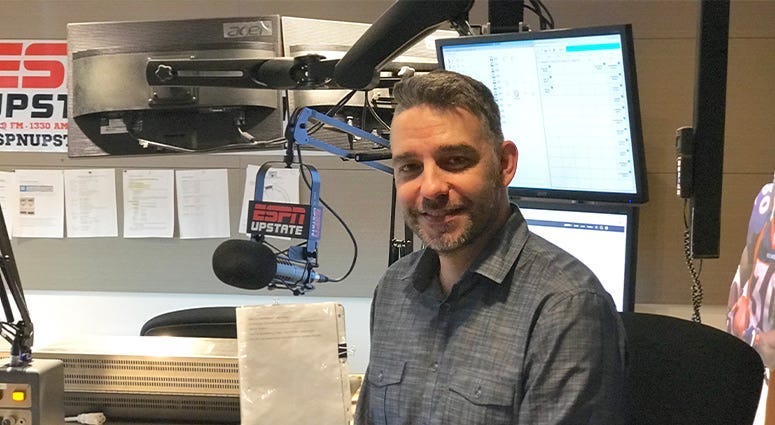
"Is this what we want football to be?" - Nick Saban. Fall, 2012, regarding fastbreak offenses and the explosion of scoring.
Unfortunately for Saban and the rest of us, college football since that time has answered with a resounding "Yes."
I was flipping around from game to game on Saturday, and what I saw left the same feeling in the pit of my stomach as if I'd eaten one too many chicken wings. Defense, in college football, has become an endeangered species. Granted, my team, Florida, plays none of it, adding to my frustration. They're 72nd on that side of the ball out of 76 teams, giving up 495 yards per game. But I needed to know, "Is this a me issue or a football issue?" What I found answered my question resoundingly.
Defense is largely nonexistent, ignored in favor of the sass and the sexy of offensive playcalling and statistics. Here are some numbers to back up my assessment:
In 2010, 36 teams allowed less than 350 yards per game on defense.
In 2015, that number was 28.
In 2020, that number is 12.
What, in the name of JaDeveon Clowney, is going on over here?
It gets worse.
The median defensive yards per game allowed in 2010 was 358 yards.
In 2015, it was 380.
This year, the Texas Longhorns unbelievably represent the median defense, and they're giving up 400.3 yards per game. That's inexcusable and unacceptable. Something must be done.
There are myriad reasons for this. Offenses have evolved at breakneck speed. Schemes are complex. Quarterbacks are coming to campus more ready to play immediately than at any other time in the sport's history. But also, defensively, rules have been tweaked, targeting has been strictly enforced, and in speaking to some D1 football players, many are so worried about being cautious and following the rules, they're no longer playing and roaming free the way they once did.
Additionally, at the NFL level, an offensive coordinator yesterday said the lack of crowds is playing into the high scores. "The hardest thing for a rookie quarterback is to have to handle the noise and protections and understand what's going on." The same could certainly be said for college football. That should improve as we move out of a once in a century pandemic, hopefully sooner than later,
So, what can be done about it?
We've got to allow defenders to defend. We've got to more clearly establish what targeting is. How many questionable ejections have you seen? I lost count on my end. We've got to put an end to pick plays, impossible to defend in man defense. And yes, Clemson won a national championship, benefitting from their inconsistent policing. We've got to allow hand contact from DB's the way the NFL does? There's a reason you're not seeing many end zone fades any longer. DB's have wisened up to that act and can now, to a degree, physically prevent wide receivers from getting to a spot in the end zone in the NFL.
I don't want college football to continue down this one way path. The see-saw has to be leveled.
"I think that the way people are going no-huddle right now, that at some point in time, we should look at how fast we allow the game to go in terms of player safety," Saban said. "The team gets in the same formation group, you can't substitute defensive players, you go on a 14-, 16-, 18-play drive and they're snapping the ball as fast as you can go and you look out there and all your players are walking around and can't even get lined up. That's when guys have a much greater chance of getting hurt when they're not ready to play.
"I think that's something that can be looked at. It's obviously created a tremendous advantage for the offense when teams are scoring 70 points and we're averaging 49.5 points a game. With people that do those kinds of things. More and more people are going to do it.
"I just think there's got to be some sense of fairness...," Saban said in 2012.
That's never been more true.
